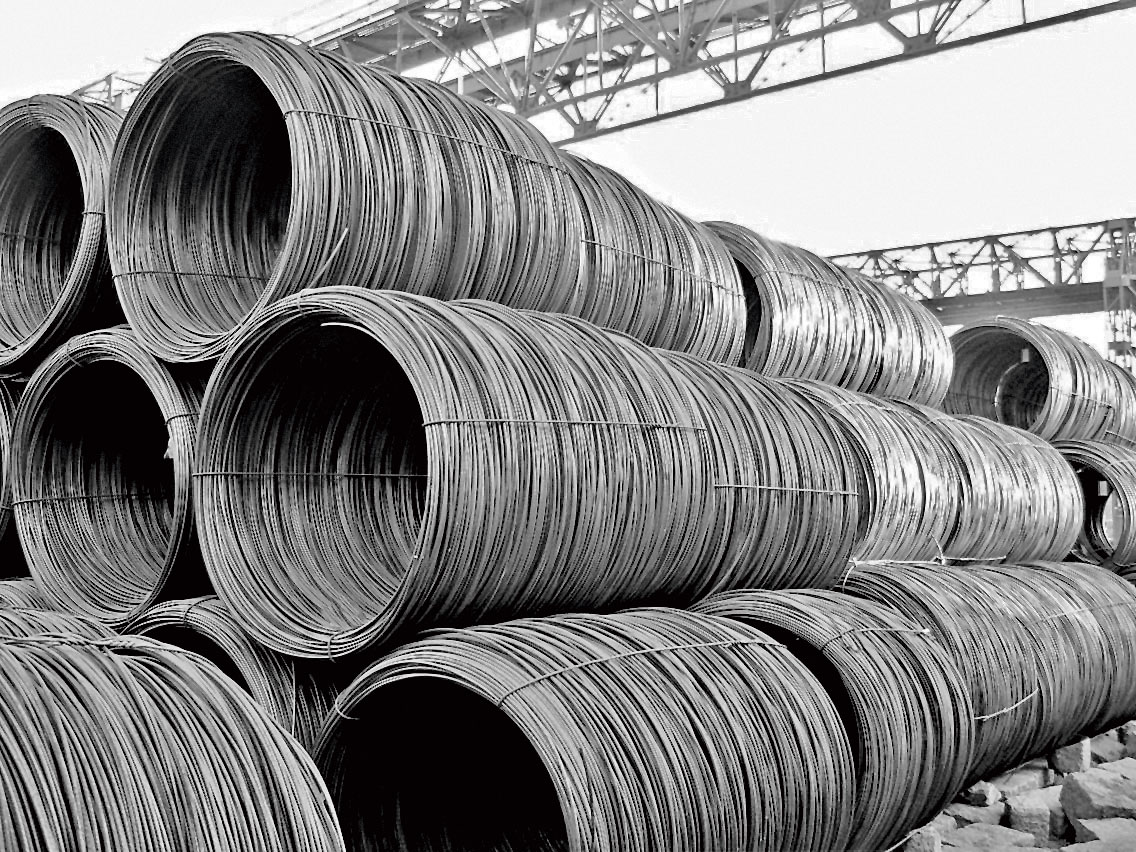ANUJA ABRAHAM examines the inevitability of the price hike in construction materials, the factors at play and probable solutions.
Lately, money's been too tight to mention. The cost of construction materials has been spiralling out of control. What's more, there is tremendous discrepancy in rates across the country.
The construction sector in northern India was in a state of upheaval following a series of bans on sand quarries and closure of brick kilns. Prem Gupta, President, Sangrur Brick Kiln Association (Punjab), claims there is no transparency in the auction of sand mines, resulting in a monopoly of a few and unchecked growth of sand and aggregate prices. "The price of sand was Rs 15 per cu ft, which shot up to Rs 30 per cu ft last year; now, it is Rs 40 per cu ft," he adds. And from the time the brick kilns have reopened, since the last closure, the prices have gone up by 25 per cent. The price was Rs 3.2 per brick; it is now Rs 4.
Transport costs, power shortage and alleged cartelisation have escalated costs in areas away from the source. A bag of cement is sold between Rs 295-Rs 310 in Punjab, whereas in Himachal Pradesh, the price ranges from Rs 310-340. In Mumbai, the current price of a cement bag would be around Rs 275, while in Odisha it is available at Rs 320. And the current rate in Visakhapatnam is Rs 210 per bag.
Steel is another crucial component. Total steel manufacturing capacity in India is around 90 mt, and long products make up 55-60 per cent of the total produce. According to Aker Kumar Jena, Manager, Usha Projects, an EPC contracting company in Odisha specialising in laying pipelines, prices have been steady in the past couple of months. "The current rates for TMT steel from 8 mm to 32 mm are Rs 40,000-45,000," he says. But if sources from a leading news channel are to be believed, leading steel makers are mulling a hike in prices, with at least one set to raise the rate by Rs 1,400 per tonne to offset the cost push and minimise the gap with the landed cost of the imported metal.
Leading cement manufacturers like Dalmia Cement and Prism Cement also believe input costs are driving up prices. "These trends are prevalent across the world," reasons Vijay Aggarwal, Managing Director, Prism Cement. "Prices are escalating owing to supply chain bottlenecks. In India, the main criterion is supply.
A lot of inflation is because of imports. We import oil for transportation and coal to fuel plants, so when the prices increase, we have no choice but to pass on the excess costs to our clients."
For his part, VP Sharma, COO, Dalmia Cement, says, "In southern states like Andhra Pradesh, power is available just 16-17 days of the month. For cement companies with captive power generation plants dependent on international coal, price volatility is an everyday reality. Indian coal is inferior so we source it from Indonesia.
Also the cost of diesel has gone up by 15 per cent since last year." Apart from the cost of sourcing raw materials like gypsum and limestone, companies have to bear the brunt of logistics too; railway freight is up by 22 per cent.
Balancing act
To create Original Portland Cement (OPC), limestone, cement clinker and gypsum are used. An alternative to Portland cement is Pozzolana cement that uses slag or flyash instead of clinker. In southern India, companies use flyash as a substitute for clinker whereas in eastern India, slag, a byproduct from steel factories, is used as a substitute for cement manufacture.
"Since the 1980s, we have started making Portland Pozzolana cement in which we use flyash, a residue of combustion, as an additive," explains Sharma. "We also make slag cement, which requires blast furnace slag for grinding. These additives are eco-friendly but have now become costlier than clinker. It is not eco-friendly to make OPC cement as it uses limestone and limestone generates carbon dioxide. So the government should promote the use of blended cement."
Elsewhere, too, small measures can be taken to cut corners wherever possible. Of late, there has been a shift in focus towards the use of alternate fuels. These options are cost-effective, such as sludge from oil refineries and chemical industries. It has a high heat value and can be used in place of coal. Even muni-cipal waste can be used to heat up kilns.
Another option is the use of autoclaved aerated concrete (ACC), which is a lightweight, precast material. One ACC block is equal to six normal bricks in size, but AAC blocks weigh three times less than a brick. This is also environment-friendly as it does not require curing and plastering.
With the price hike, sourcing local raw materials is also a sustainable option, as it cuts down on transportation costs. In Mumbai, much of the sand and aggregate come from local basins and from Gujarat.
Meanwhile, Hemant Vadalkar, consulting civil engineer, says, "Most projects have started using crushed sand as good river sand is not available. The use of alternative material should be encouraged like crushed sand, flyash bricks and lightweight concrete blocks in place of clay bricks. Dry partition walls can also be used as a substitute to normal brick walls in buildings that are lighter in weight. Factory-made production can ensure better quality and flexibility and allows faster rate of construction."
Evidently, architects and engineers must be innovative and flexible in material selection to beat the price rise and ensure sustainable and eco-friendly construction that pays back over its lifecycle.




















